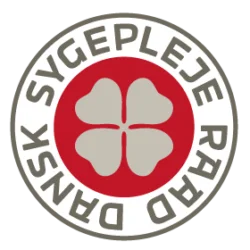ABN Amro vurderer, at eurozonen ender i en double dip recession i dette kvartal. Det skyldes et dramatisk fald i servicesektoren i hele Europa på grund af den nye lockdown runde, der primært rammer serviceerhvervene, f.eks. restauranter. Derimod klarer industrisektoren sig rimeligt, bl.a. fordi der denne gang ikke er besvær med at afsætte produkter og skaffe varer fra f.eks. Kina. Det samlede PMI indeks (composite) faldt fra 50 point i oktober til 45,1 i november. ABN Amro venter også en nedtur i 1. kvartal næste år, men derefter venter banken en kraftig fremgang.
Services drag eurozone into double dip recession
Euro Macro: PMIs show widening gap between industry and services – The eurozone composite PMI fell to 45.1 in November, down from 50.0 in October. The outcome was below the consensus forecast, but above our own forecast.
The composite PMI, is an average of the services sector PMI and the output index of the manufacturing PMI, weighted according to their shares in GDP (of around 66% and around 15%, respectively).
The decline in the composite PMI was largely due to a sharp drop in the services sector PMI (to 41.3 from 49.6), which reflects that new lockdown measures in the services sector were introduced in all the larger eurozone countries.
At its current level, the services PMI is consistent with activity in the sector falling by around 2-3% qoq. According to the PMI report ‘hospitality, travel and consumer-facing companies reported especially weak demand due to additional measures implemented by various governments across the region’.
We expect the current lockdown measures to remain largely in place during the next few months, until the introduction of a vaccine will have resulted in immunity for key workers and the most vulnerable groups in society, which we expect be late in 2020Q1 or early 2020Q2. Therefore, we expect activity in the services sector to remain subdued throughout 2020Q4-2021Q1.
Turning to the other part of the PMI report, the manufacturing PMI declined much more moderately than the services index in November. It fell to 53.6, down from 54.8 in October. At its current level it is consistent with modest expansion in manufacturing, which seems to be related to the fact that the current lockdown measures do not affect manufacturing by as much as it does services.
Indeed, in contrast to the lockdown measures that were implemented in March-April, people working in industry are still able to travel to work this time. In addition, the eurozone’s industrial sector is not affected by supply chain disruptions this time, which stemmed from factory closures in the first wave in China.
Having said that, the forward looking new orders component of the manufacturing PMI dropped by almost five points in November, which suggest that the outlook for manufacturing production in the coming months has also deteriorated. A renewed downturn in capital spending will likely weigh on manufacturing and trade, even though the sector will remain more resilient than the service sector.
Overall, the PMI report is in line with a deep contraction in eurozone GDP in Q4. This is consistent with our base line for a double dip recession in the eurozone economy in the current quarter and the first quarter of next year.
Looking further forward, our conviction in a sharp rebound in economic growth during the course of 2021 has strengthened in recent weeks. Once immunity is in place for key workers and the vulnerable, we expect a significant lifting of restrictions in Q2 and – especially – in Q3.







